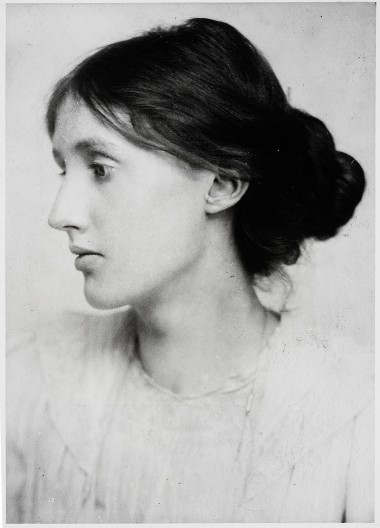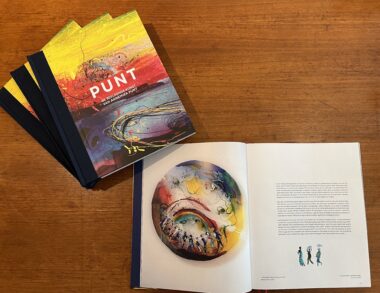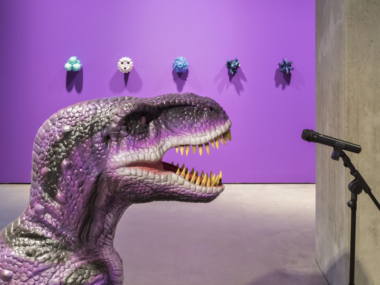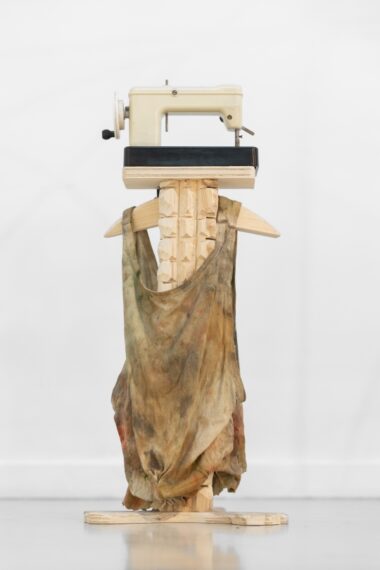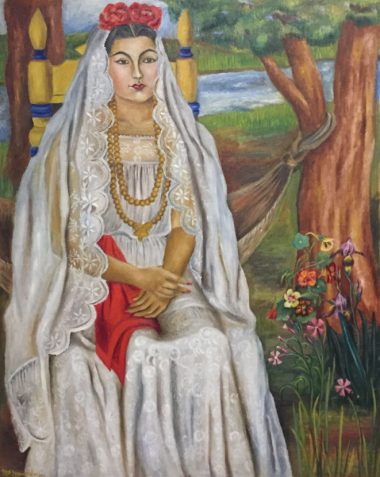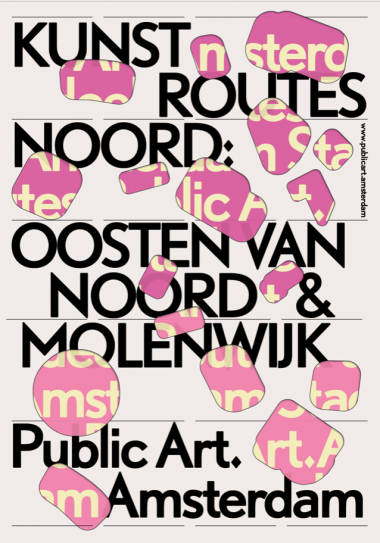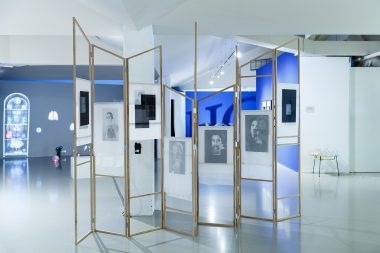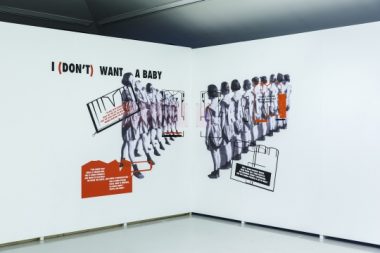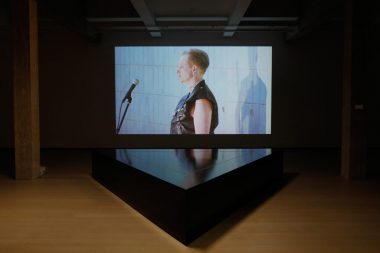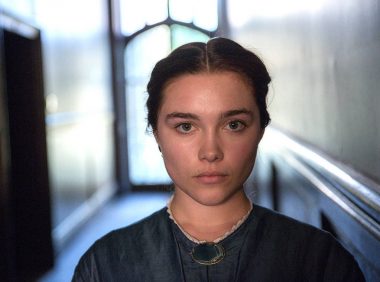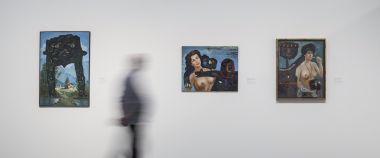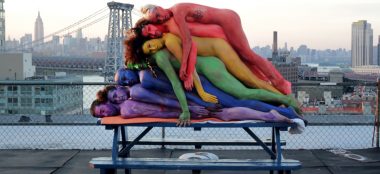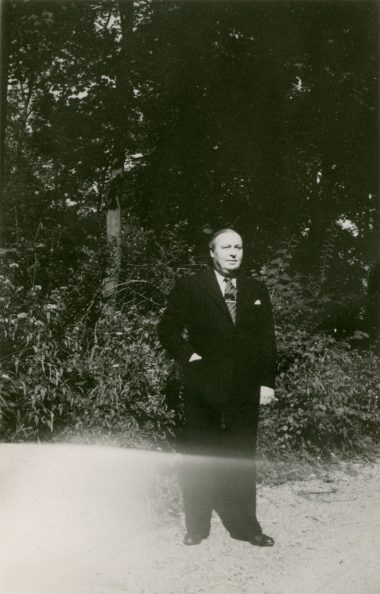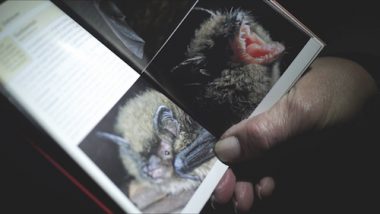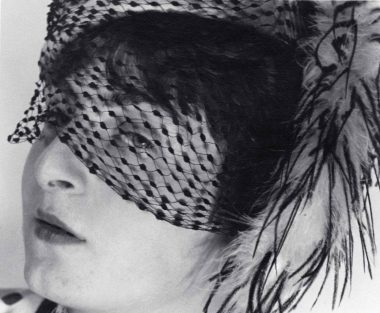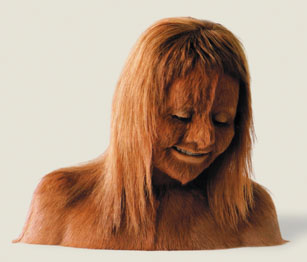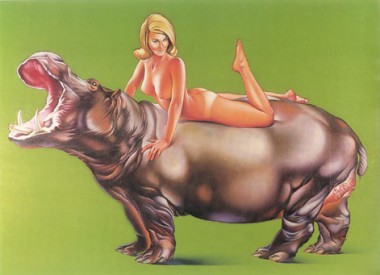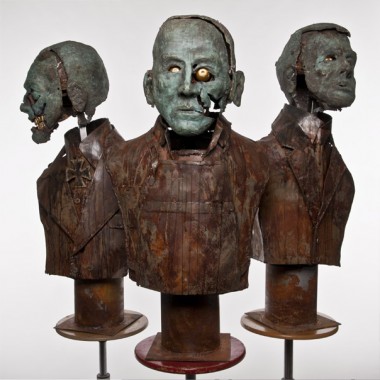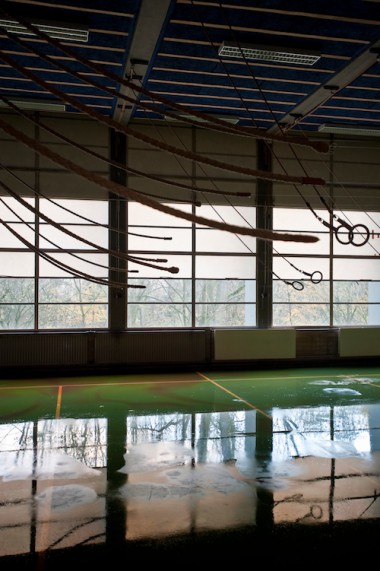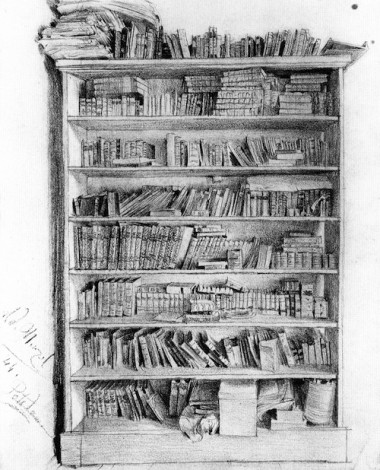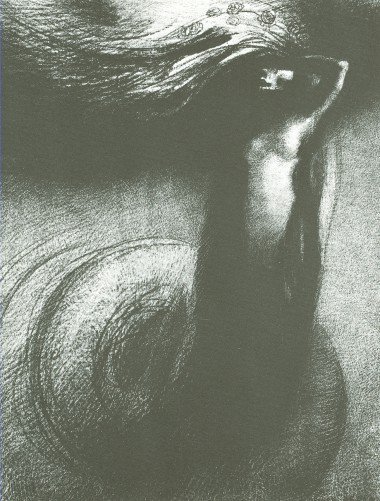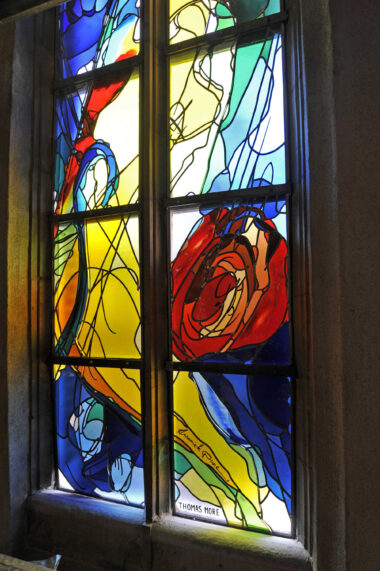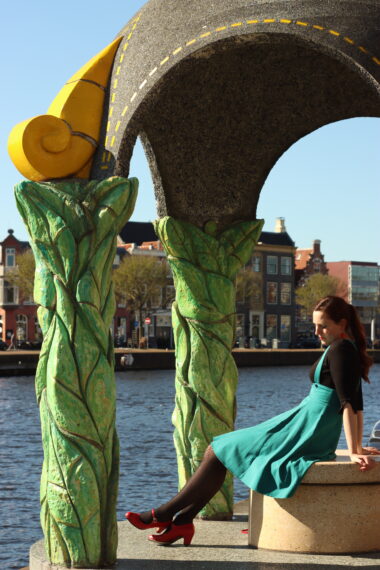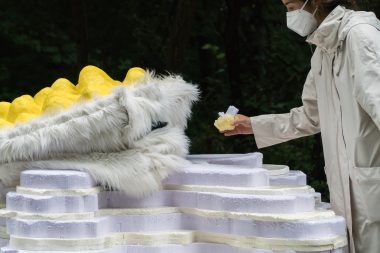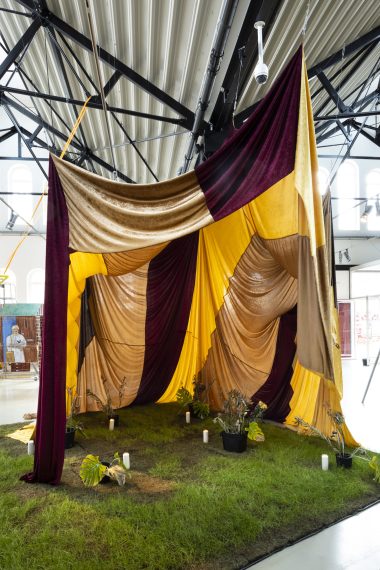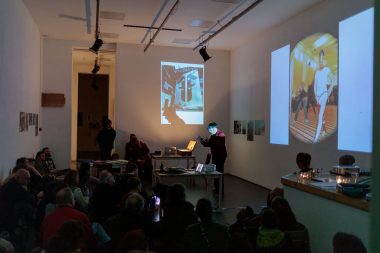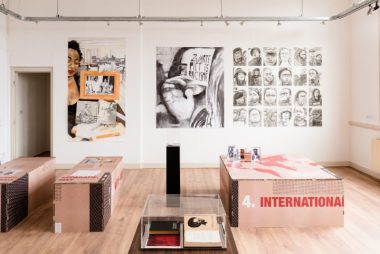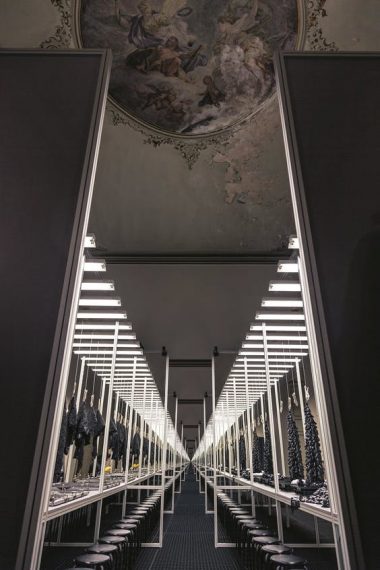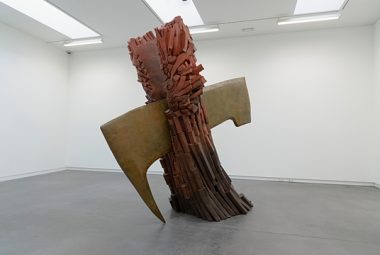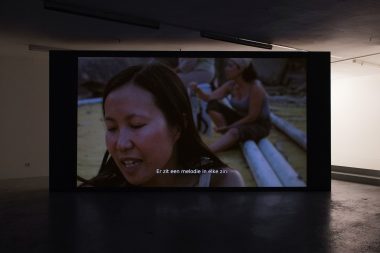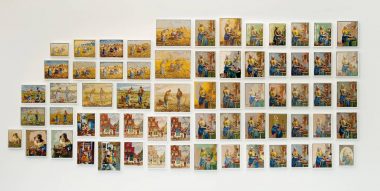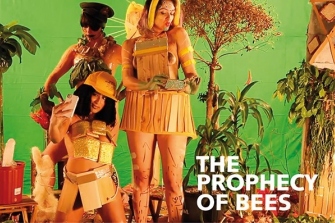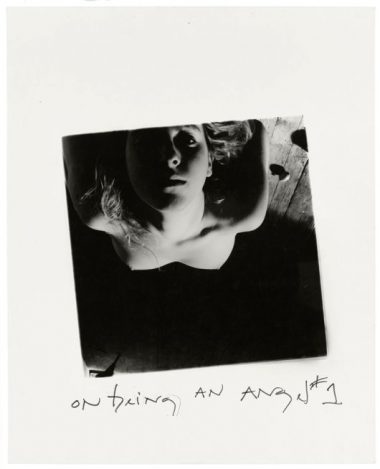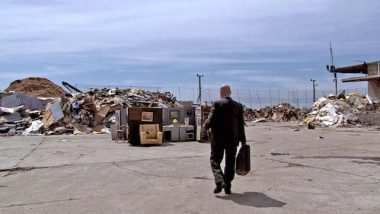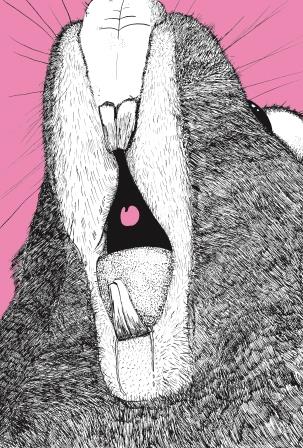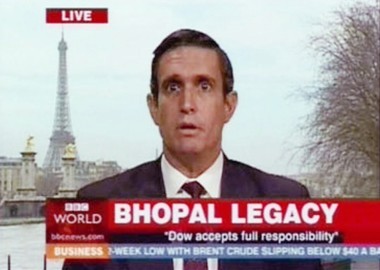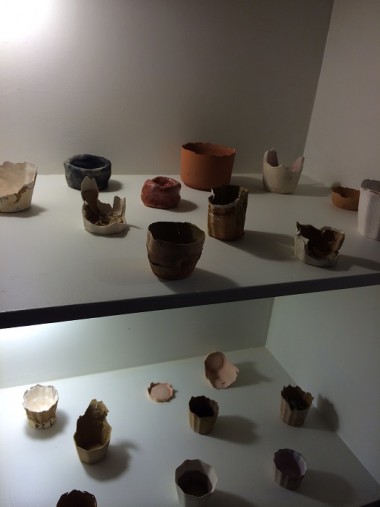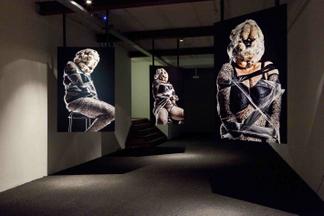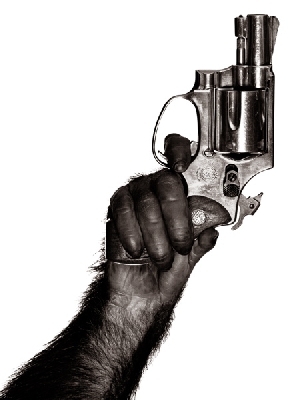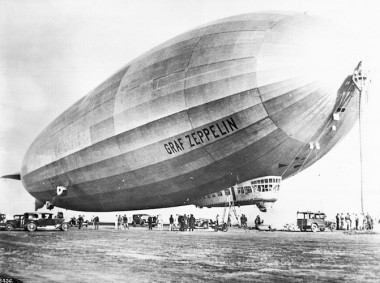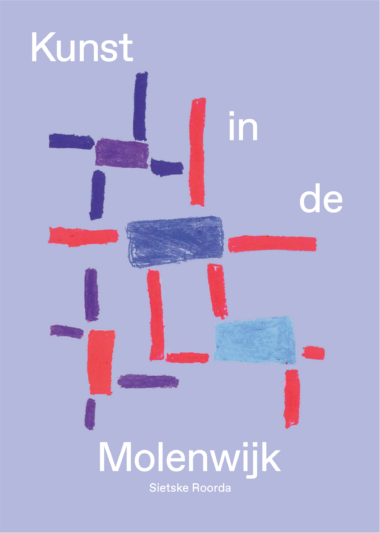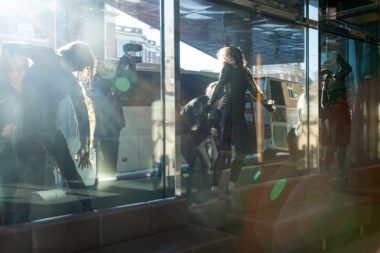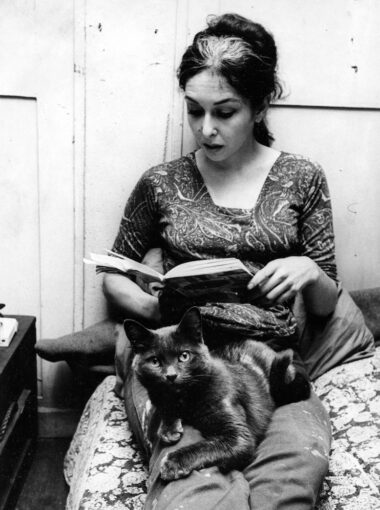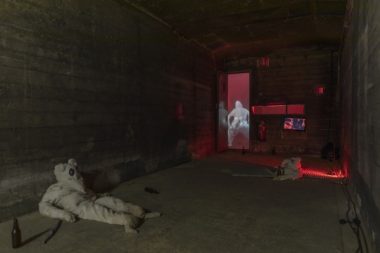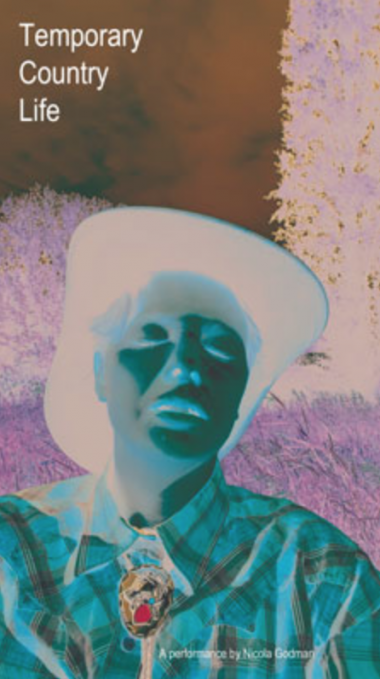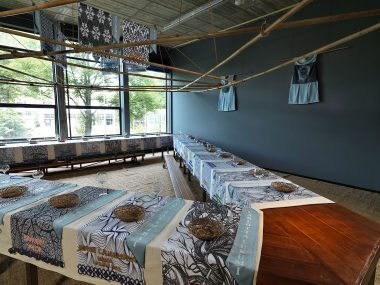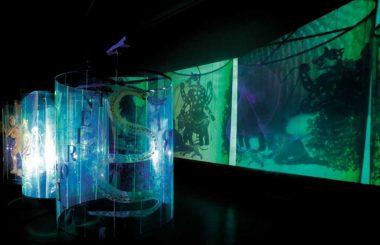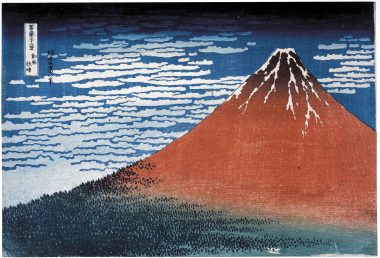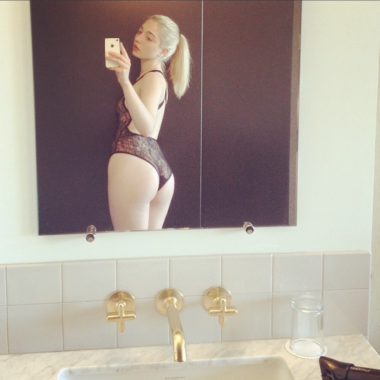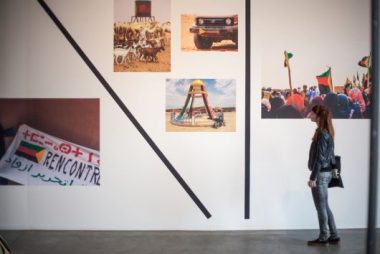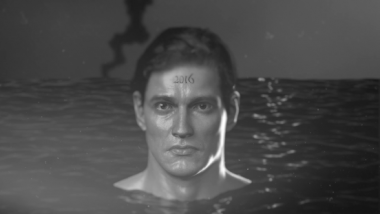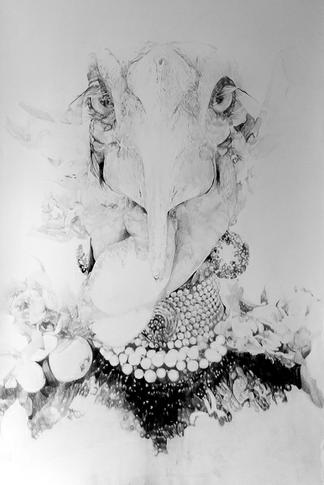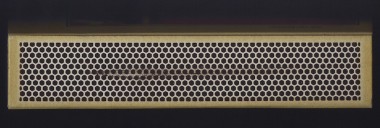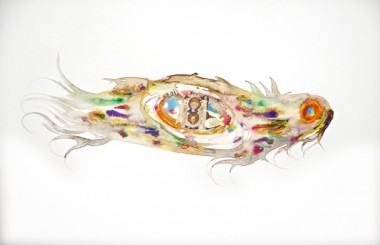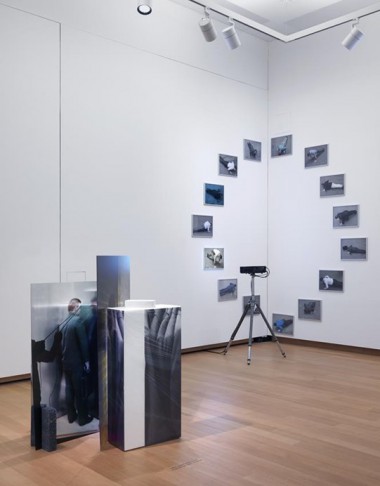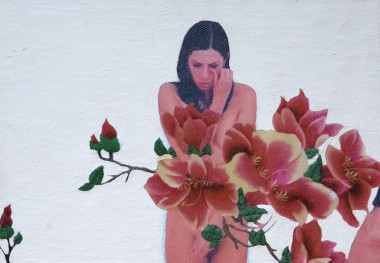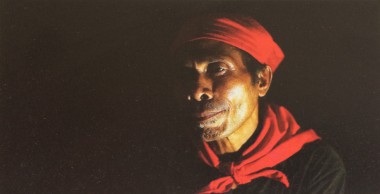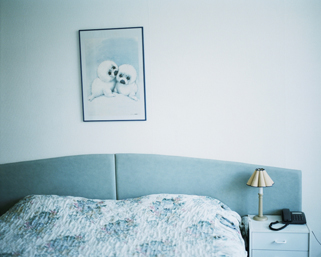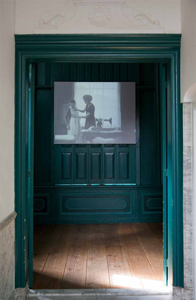Re-enacting Virginia Woolf’s ‘Street Haunting: A London Adventure’
The essay Street Haunting : A London Adventure are Virginia Woolf’s personal experiences of walking the streets of London. One might ask if it is still possilbe for us to experience Woolf’s walk through London today by taking one of the Virginia Woolf literary tours.(1) It is necessary to note that the city does not just refer to a set of buildings in a particular place. Rather, the city designates the space produced by the interaction of historically and geographically specific institutions, social relations of production and reproduction, practices of government, forms and media of communication, and so forth.(2) The description of London by Virginia Woolf is also not at all about the buildings that London consists of, but the way she observes it as an individual. In the essay Woolf uses a lead pencil as an excuse for walking halfway across London between tea and dinner time and says that with this chore she “could indulge safely in the greatest pleasure of town life in winter — rambling the streets of London.”(3) For Woolf, dwelling the street is a way to escape and explore. As she asks herself the question: ”Or is the trué self neither this nor that, neither here nor there, but something so varied and wandering that it is only when we give the rein to its wishes and let if take its way unimpeded that we are indeed ourselves?”(4) It seems that for her, dwelling the streets gives a sense of freedom, because she becomes part of the anonymity of the city and as a consequence can become an observer. She also encounters many different passers-by and describes them vividly. Woolf writes “It is always an adventure to enter a new room; for the lives and characters of its owners have distilled their atmosphere into it, and directly we enter it we breast some new wave of emotion.”(5) In Woolf ’s essay she writes that everything she encounters is related to the moment and has its own individual senses and emotions.
Portrait of Virginia Woolf
In opposition to the individual experience of viewing London, the literary Walks have become a new collective way of exploring the city for the tourist today. The literary walk is best to be understood as a new way of re-establishing our relationship to the past through the experience of a place instead of destination culture as tourism, museums, and heritage. In the case of the Virginia Woolf walking rours, they provide a commemoration of the life and work of Woolf, and in this way strollers take part in a ritual of remembrance that they undergo through the invitation to walk in Woolf’s footsteps.(6) In this sense the literary tour is a way of creating more recognition for the work of Virginia Woolf and making her a part of the heritage of London; it is a historical construction fo the life and work of Woolf in Londen. In addition to this, the tour systemizes and constructs the gaze of the walker, selecting not only the places to be looked upon, but also the terms in which the gaze is framed.(7) This collective constructed view of London in the literary walks is the opposite of the individual incidental gaze that Woolf describes in her essay: an opposition between the accidental gaze Virginia Woolf portrays the atmosphere With great eye for detail as she explains: “Passing, glimpsing, everything seems accidental but miraculously sprinkled with beauty.”(8) She clearly emphasizes in her essay the unpredictability of tbe moment and not knowing where her gaze is going to fall on next. Conversely the walking tour is educational and offers a constructed gaze. It informs us about the historical London that Woolf lived in and wrote about (9) and by tracing footsteps of the famous author and her characters we feel that we are part of a tradition. The walking tries to glimpse in the past and make sense of a past by, while Woolf refers to the past only once, she sees the Thames and remembers herself at the river six months ago with a sense of nostalgia. But quickly she concludes that: “The sights we see and the sounds we hear now have none of the quality of the past.”(10)
It is clear that both walks vary greatly in how they approach London. The way the city is observed in both walks in terms of connecting place and time is fundamentally different. We can in fact conclude that by participating in the Virginia Woolf literary tour we would probably not be able to experience the same walk Virginia Woolf describes in her essay. The reason for not being able to experience this walk is because Woolf makes such a point of the individual incidental moment. She would probably not even be able herself to experience the same walk again, because of the changes which took place in London over time. Still the walk that Woolf describes in Street Haunting: A London Adventure is a very recognizable and human way of walking in the city. We might be able to experience a walk similar to the one Woolf describes in her essay in contemporary London by focusing our gaze on the incidental moments and the beauty of the subtle details we encounter.
Notes
(1) In her article ‘Walking in Virginia Woolf’s footsteps: Performing Cultural Memory’. Liedeke Plate discusses walking tours in Bloomsbury that trace London as found in the literature of Virginia Woolf; Plate: 2006, p. 101
(2) Bocock: 1994, p. 422
(3) Woolf: 1942, p. 19
(4) Woolf: 1942, p. 24
(5) Woolf: 1942, p. 27
(6) Plate: 2006, pp. 103-106
(7) Plate: 2006, p. 112
(8) Woolf: 1942, p. 23
(9) Plate: 2006, pp. 113-115
(10) Woolf: 1942, p. 27
Bibliography
-Bocock, Robert, & Kenneth Alfred Thompson. Social and Cultural Forms of Modernity. Cambridge: Polity Press, 1992
-Plate, Liedeke. ‘Walking in Virginia Woolf’s footsteps: Performing cultural memory.’ European Journal of Cultural Studies. 2006; 9; 101
-Woolf, Virginia. ‘Street Haunting: A London Adventure’ The Death of the Moth and other Essays. London: Hogarth Press, 1948
This article was published in June 2008 in the art and culture magazine Simulacrum with the theme Urban Transformation.
